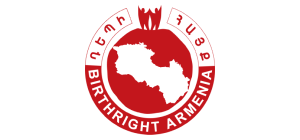We have singled out some noteworthy details about this picturesque little paradise-like city.
Formerly known as Delijan, the city is situated in the Tavush region, along the bank of the Aghstev river.
The name Dilijan first danced into the pages of history in 1666, finding its place in the travel chronicles of the esteemed French voyager, Jean Chardin.
Numerous narratives swirl around the name of the city of Dilijan, with two prevailing tales standing out. In the first rendition, the city allegedly draws its name from a shepherd named Dili, who was in love with his master’s daughter. Learning of this forbidden love, the prince commands the shepherd to be lost in the woods. The shepherd’s anguished mother, lamenting ceaselessly, embarks on a relentless quest for her son, her heartrending cries echoing, “Dilly, Dilly jan!”
In another enchanting narrative, “dili jan” resonates with the mellifluous cadence of “sweet language,” a testament to the locals’ charming dialect.
Dilijan, renowned for its natural beauty, hosts the “Dilijan National Park,” one of the designated areas under nature protection.
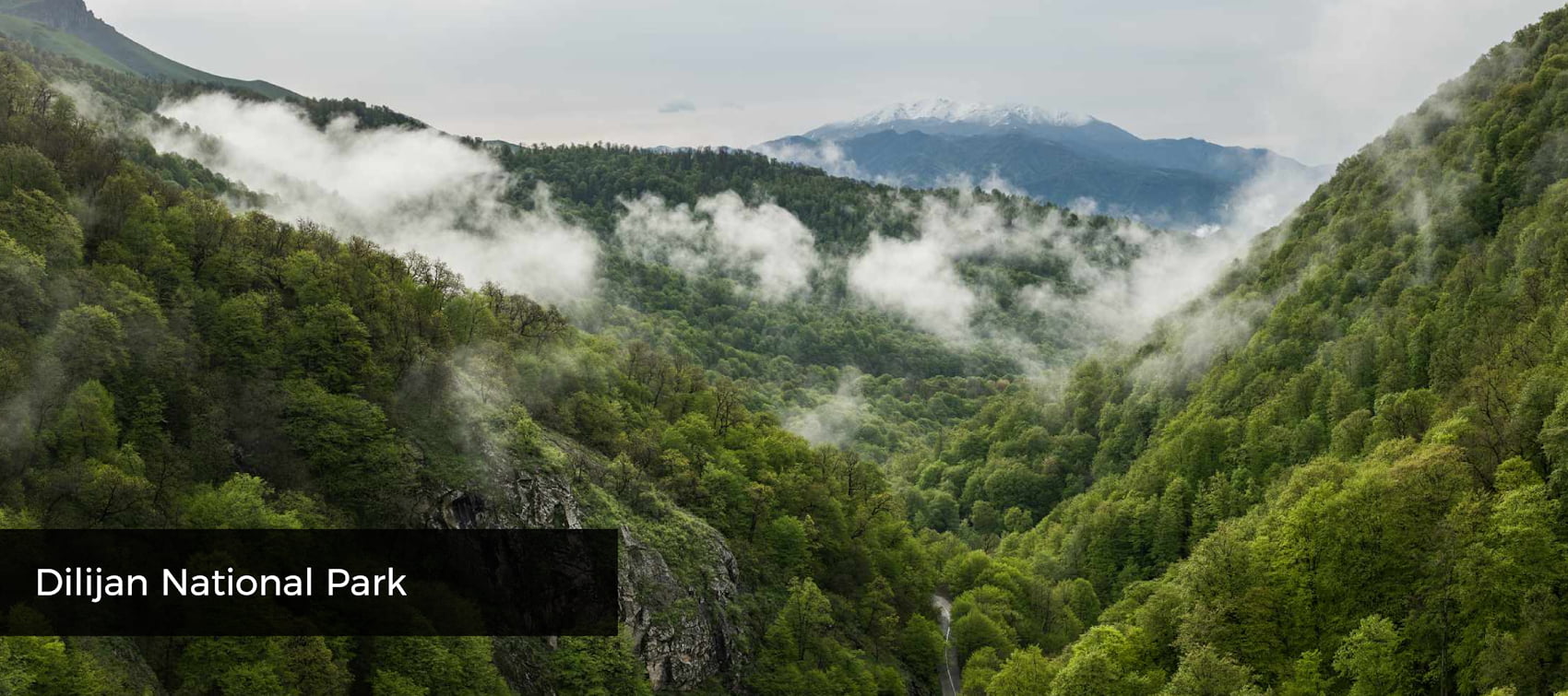
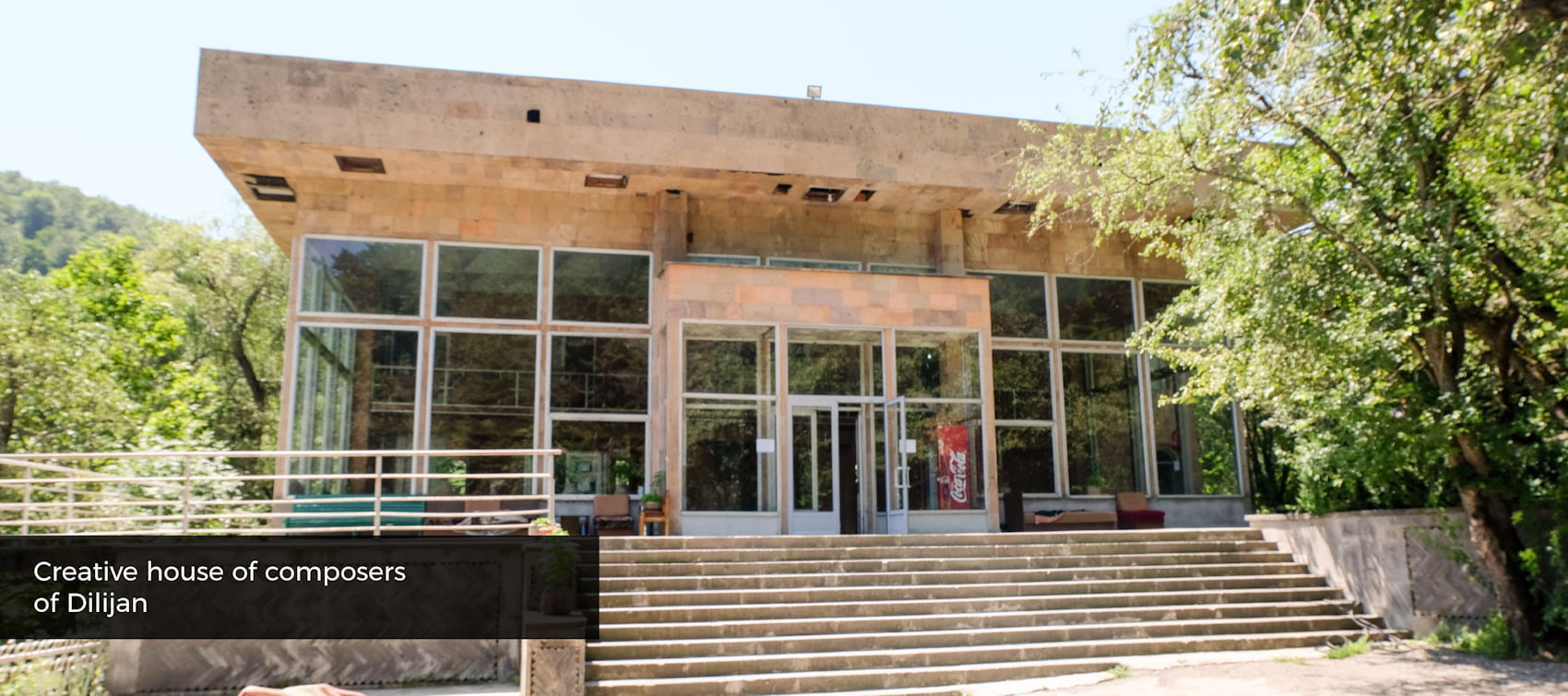
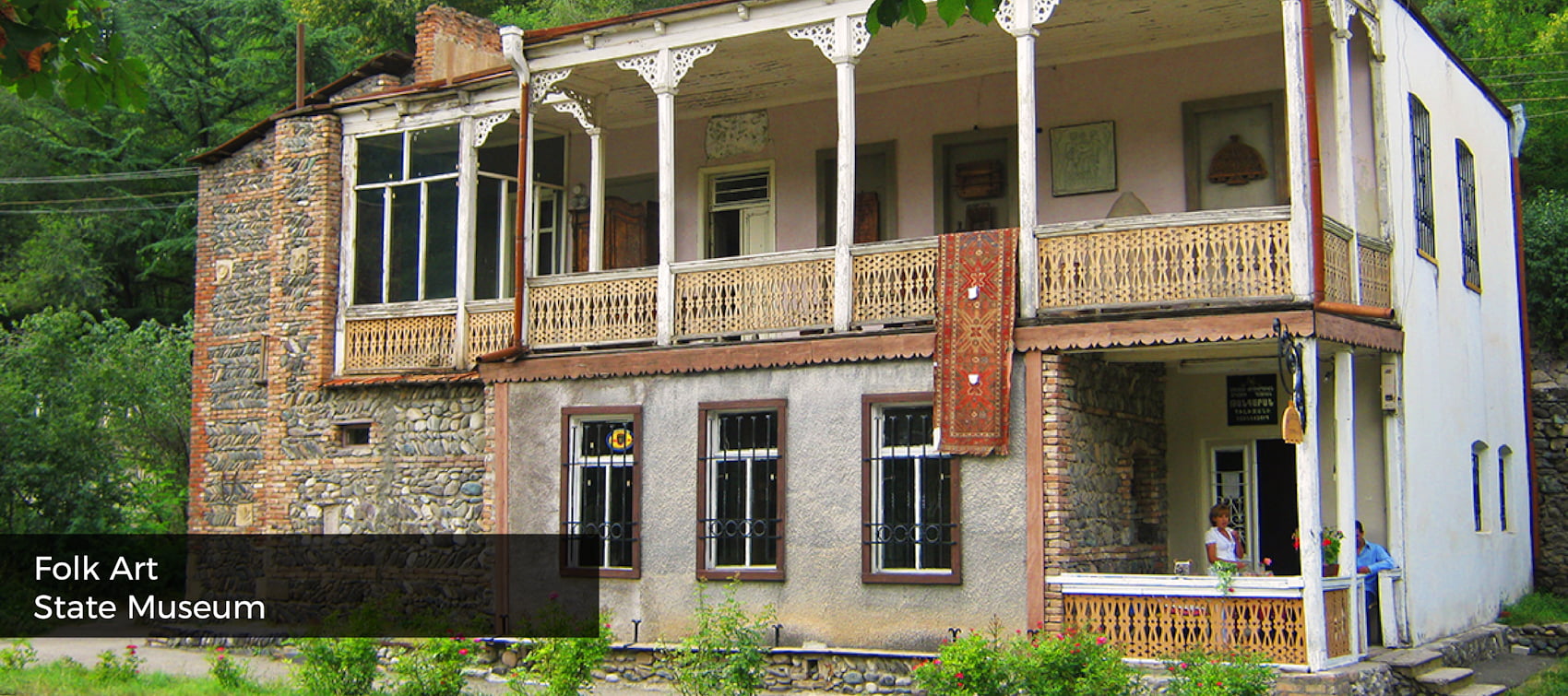
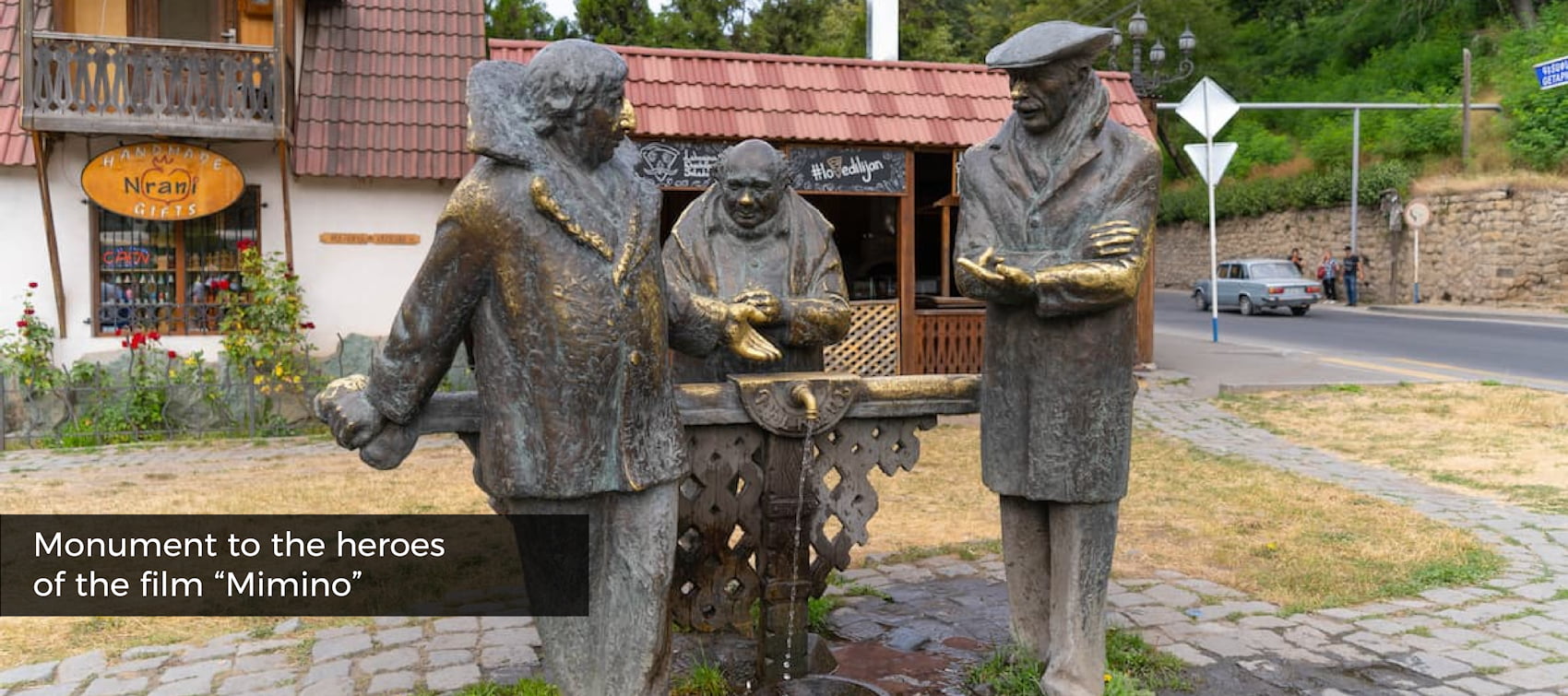
The city and its surroundings boast a rich tapestry of history with 32 architectural monuments. Among them, the most celebrated include Haghartsin, Jukhtak Monastery, Matosavank, and Goshavank, paying homage to the legacy of Mkhitar Gosh.
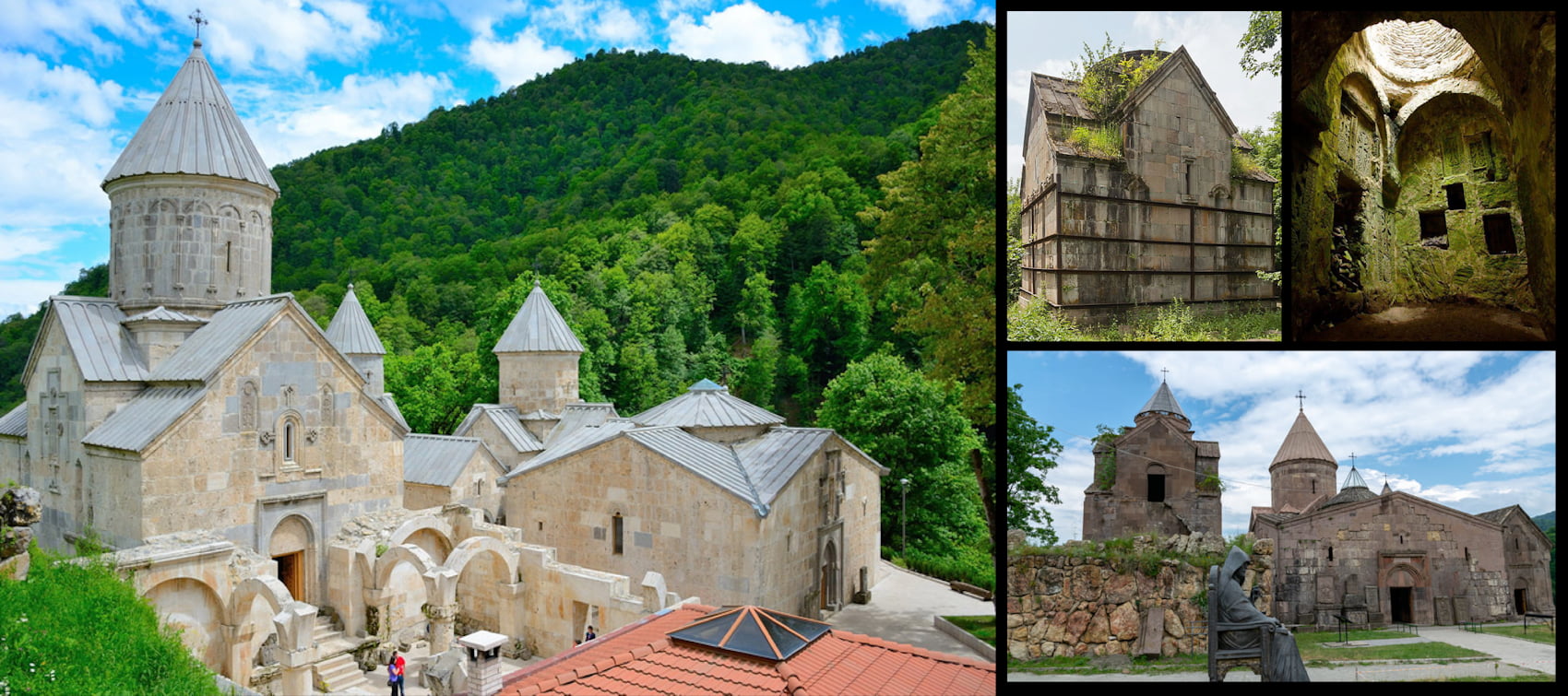
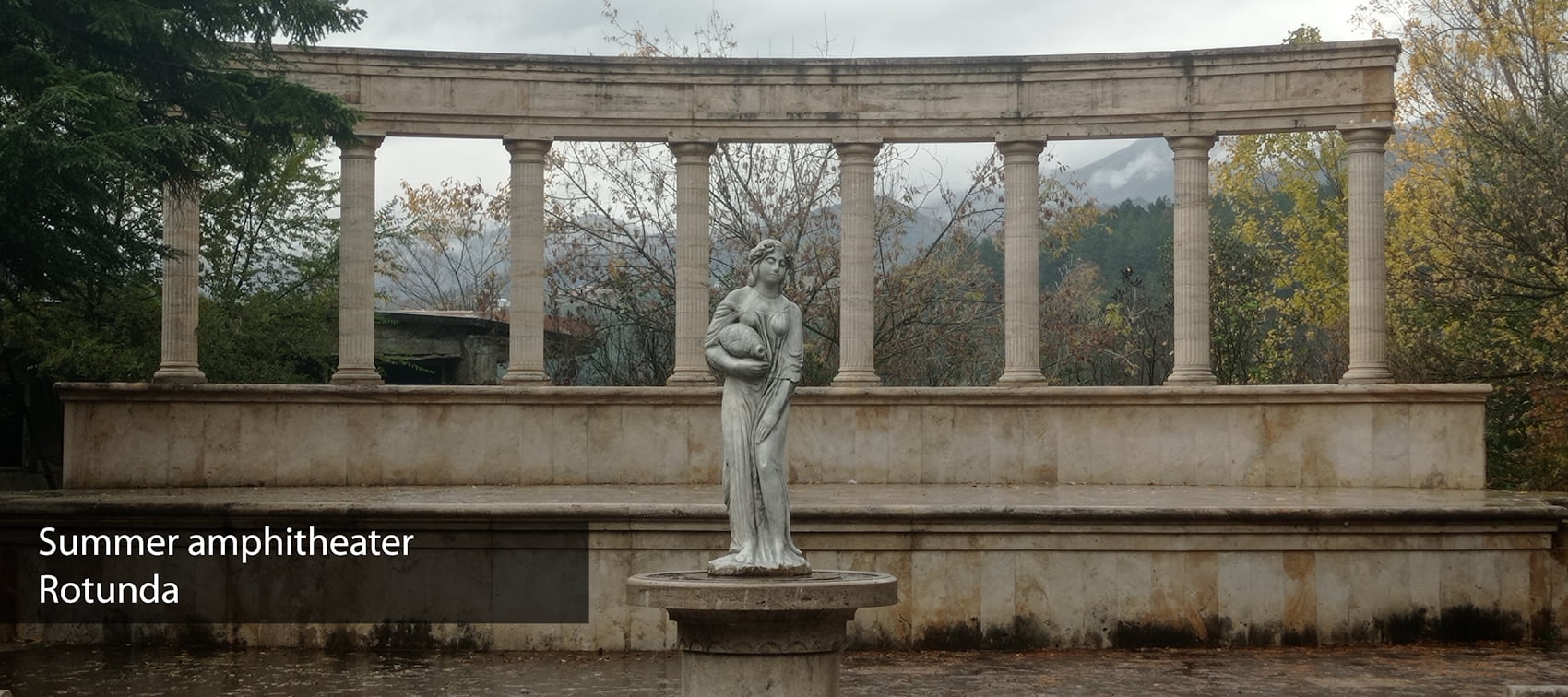
In 2016 UNESCO added Dilijan to the global network of Learning Cities.
At the heart of Dilijan resides the famed Cafe N2, where youngsters from the age of 14 actively participate in its operations.
Maxim Gorki about Dilijan:











